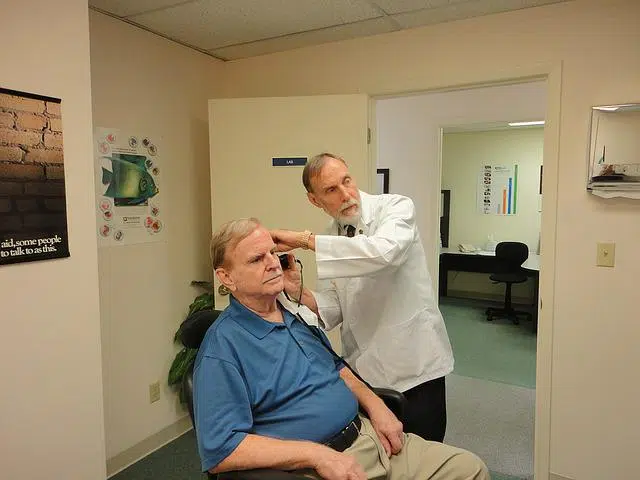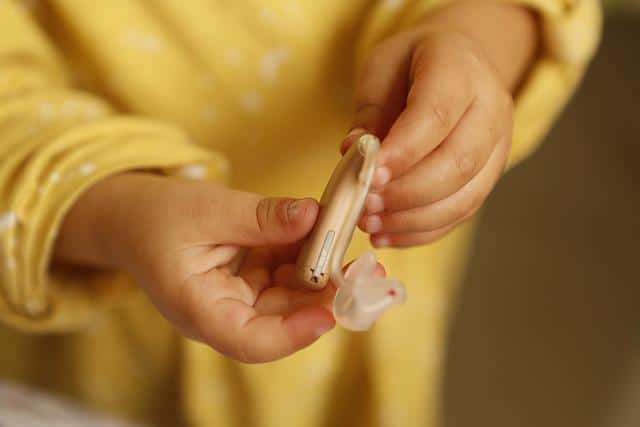
Hearing loss makes communication difficult.
A hearing aid is a device that allows you to optimize the perception of sounds . It is a device used by those who have some type of hearing difficulty.
Facilitate communication
Hearing aids are responsible for amplifying and modifying sound to facilitate communication . A microphone captures sound waves, which are then transformed into electrical signals. An amplifier , meanwhile, increases the intensity of the signals, which reach the ear through a speaker .
Thus, thanks to technology , modern hearing aids can amplify the sound signal electronically, equalizing it according to the hearing disability of each individual. Due to their small size, they are also discreet and very easy to use.
By helping to reverse hearing deficiencies, hearing aids contribute to improving the quality of life of users. Those who have problems hearing have difficulties communicating, which tends to isolate them. Furthermore, these inconveniences usually cause stress .
Other meanings
The dictionary of the Royal Spanish Academy ( RAE ), on the other hand, indicates that the term hearing aid can be used to refer to the electronic device that, generally using a telephone network, makes remote communications possible.
The electroacoustic transducer that receives an electrical signal generated by an electronic source and converts it into a sound wave with speakers is called a hearing aid or earpiece . These hearing aids can often be plugged or unplugged as needed.
Although hearing aids as an aid improve hearing , headphones can be harmful to your health when listening to music at very high volume for a long time.
Intracanal hearing aid
It is placed in the ear canal. It is custom designed to easily adjust to the user's physical characteristics. It is not suitable for the most severe cases of hearing loss. In these cases one called completely in the channel is used. It should be noted that it does not allow magnification through other devices and that its use in children is not recommended.
Endoaural hearing aid
This type of hearing aid is also known as intra-auricular and is characterized by having the appropriate dimensions to be placed in the outer ear. Its use is intended for people with hearing loss of varying severity , from mild to severe. It is worth mentioning that it is also common to refer to this device by its acronym in English, ITE .
Its casing is made of hard plastic. The endoaural hearing aid can use other technical mechanisms beyond the fundamental ones, such as a small coil that serves to enhance sound transmission when the user is talking on the phone.
It should be noted that ear wax can be harmful to this type of hearing aid. Its size, on the other hand, can also make it difficult to fix if the person has a cavity larger than that contemplated by the manufacturer. At this point we must also say that its use is reserved for adults, since in the case of children it would be necessary to modify the size of the hearing aid to adjust to their constant growth.

A behind-the-ear hearing aid: its case fits behind the ear
Behind-the-ear hearing aid
As the name suggests, this type of hearing aid should be placed behind the ear. To support itself, it connects to a plastic piece that is placed in the outer ear; This design is similar to that of a headphone for listening to music, but inverted. The sound captured by the box travels through the structure until it reaches the inside of the ear.
Unlike the endoaural hearing aid, the behind-the-ear hearing aid is suitable for children and adults alike . However, if not adjusted correctly, it can cause sound distortion . Accumulated earwax can also negatively affect its functioning.
